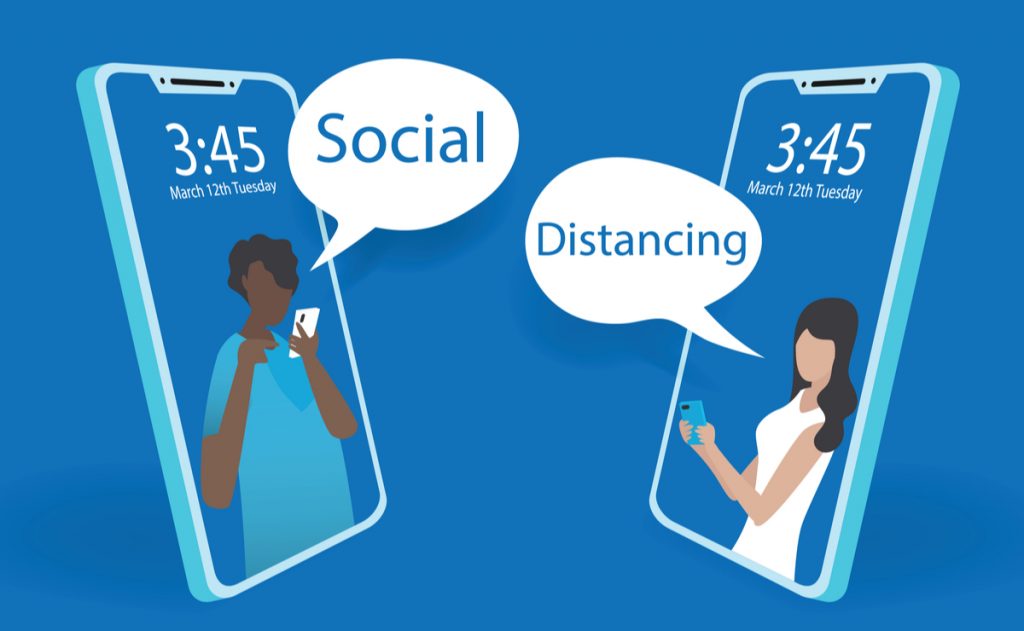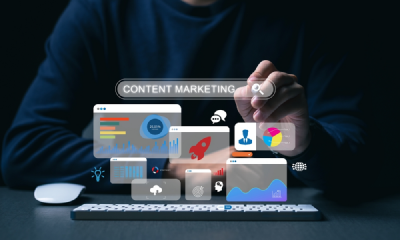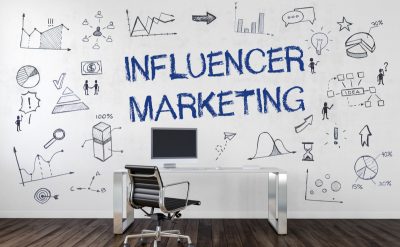I was surprised to see the Dalgona coffee challenge overshadow the publicity of the deadly coronavirus. It was quite fascinating to see some or the other contact on Facebook, Instagram, and WhatsApp share creative pics of their version of the Dalgona coffee almost every single day (honestly, even I wanted to try it, but was too lazy, wink wink).
Even the couple and black and white challenge that flooded Facebook and Instagram made the lockdown and the whole pandemic situation look much better and positive. Well, that is the kind of power social media has.
The backstory
Since the wake of COVID-19 in Wuhan, China, the internet and social media are being used extensively to gather a variety of information related to the virus. Many of us always kept a tab on how the outbreak is spreading, and a large number of people also used social media to create awareness to help contain the spread.
The pandemic also taught us a few new words like lockdown and social distancing that were meant to put to practice. Especially when people across the globe were forced to stay at home, social media worked in various ways. Right from sharing information to entertainment, almost everything was done through social media.
What makes social media important in a global crisis like COVID-19?
Here are some staggering statistics that say it all.
- As per eMarketer, Facebook experienced a 70% rise in usage compared to other apps in March 2020 (People are using these apps to keep themselves informed, entertained, and connected).
- People are connecting with a variety of social media channels for different content.
For example, social media platforms such as TikTok and Snapchat have been an absolute source of fun during the pandemic era.
If we speak numbers, Snapchat experienced a 47% rise in usage from Android phones in South Korea in March when the outbreak was at its peak.
Social media is no longer optional but inevitable
Social media literally exploded during the COVID-19 outbreak. Usage and engagement went up, and almost everyone was spending a lot of time on social media. This trend helped businesses understand that it was time to interact with customers online if they weren’t already.
Social media amidst the outbreak of a global pandemic is growing as an alternative for operating business in challenging times. After all, it is all about staying connected!
Your fan-following matters
SMEs (small and medium enterprises) today are keen on embracing social media strategies to deal with the new normal and still create a healthy bottom line.
CEO of Icon Social Marketing, Alex Shue, gives a different dimension and explains, “Your following is your foundation.” He adds, “As you concentrate on building your following pull that into a strategy that fills your pipeline and delivers increased sales.”
Alex considers that if you have a following, you have customers, and in 2020, businesses are finding their following online.
Social media has been an essential element in keeping brands connected to the audience, even during the pandemic. Besides, there is a lot more that social media has contributed to, with an aim to keep businesses up and running.
How SMEs can use the best social media strategy to maintain the bottom line of business during the pandemic:
SMEs suffering the brunt of the COVID-19 crisis can make use of social media platforms to engage customers, market their products and services, offer support, especially when other means of communication have taken a setback, including one-on-one conversations.
Therefore, it is time to bank on social media marketing strategy by using popular social platforms to stay connected with customers.
Here is how small and medium businesses can work on their social media strategy.
Facebook has recently introduced Facebook Shops, an online eCommerce ecosystem that enables enterprises to set up virtual storefronts.
Brands are also able to upload customer email lists to the Facebook Shops platform to reach a personalized set of audiences for reopening updates and Facebook Live as an activity to improve organic engagement.
Pro tip: Businesses can make use of Facebook’s audience segmentation tool for specific keywords.
Videos
Apart from video platforms such as YouTube, TikTok, and more, social media platforms such as Facebook, Instagram, LinkedIn, and several others have introduced more features to share video updates with the audience.
Platforms such as YouTube and Instagram Live encourage users to share instant updates and longer content with features such as IGTV (Instagram TV).
Over time, the essence of audio and visuals creates magic, raining engagement as videos enable users to talk to the audience directly, creating a stronger connection. Another essential part of including videos into your social media strategy is the comment and reaction section that is scalable and instant.
Videos are also a great way to show product demos, where the audience can get a clear idea of how to use the product or avail a service.
Social commerce
It is wise for businesses to add social commerce to the social media strategy.
Here is why.
Initially, social media platforms were used extensively to stay in touch with family and friends. But these days, when digital transformation is at its peak, digital marketing modes such as social media marketing and social media campaigns are a great place for users to stay up-to-date with the latest developments, derive inspiration, and discover new products.
The classic example for this is the Pinterest Shop the Look feature that enables users to be redirected to the checkout page instantly, where their inspiration is transformed into a purchase.
With Instagram’s Support Small Busines stickers support businesses affected by the pandemic.
The Daily Instagram Stories help keep your business on top of mind, and action buttons streamline the entire buying process by enabling users to shop and order gift cards within the app.
LinkedIn, the popular networking and career-building app with a professional flavor has now introduced the Virtual Events tool that permits brands to meet employees and share updates while social distancing is the new norm.
LinkedIn also launched a LinkedIn Live video feature recently that strengthens its profile engagement significantly.
Conclusion
Coronavirus or the COVID-19 pandemic has changed everything, right from how we greet each other to how we run a business.
Keeping the current normal in mind, it is time businesses rethink and work on the best social media strategy that is suitable and connects to the audience.
For more such content to delight your mind, do visit our repository of latest whitepapers on digital marketing.













